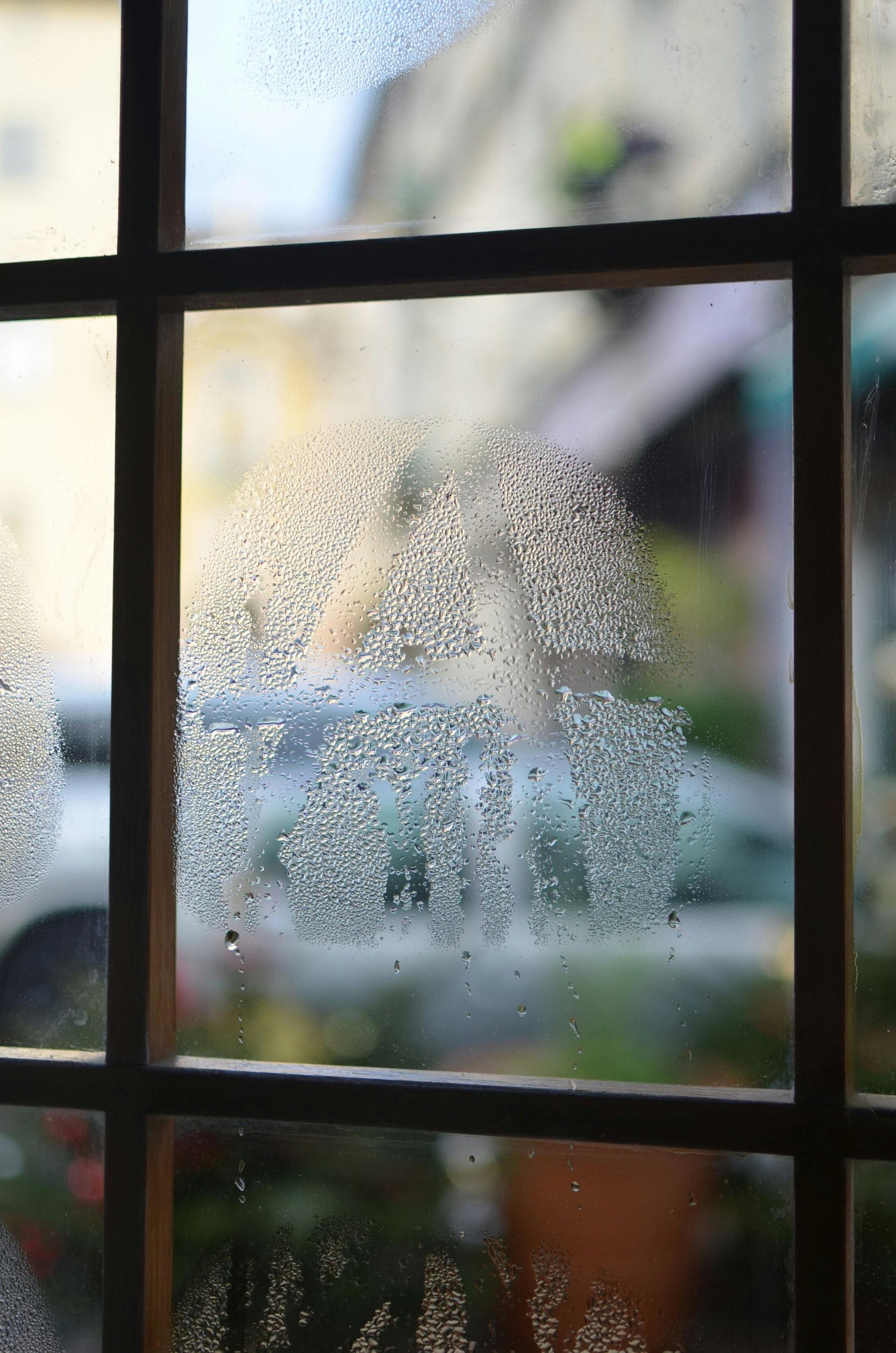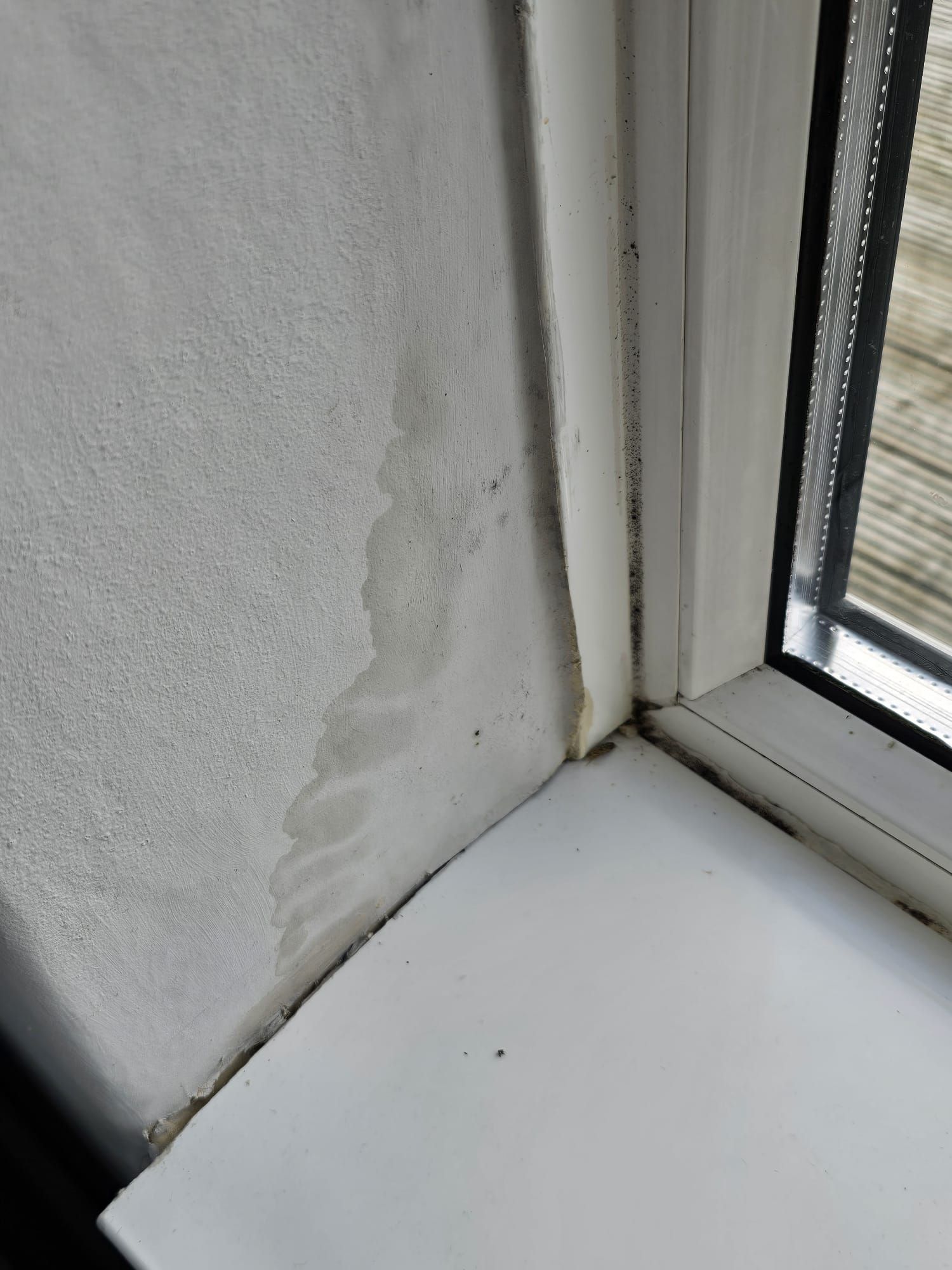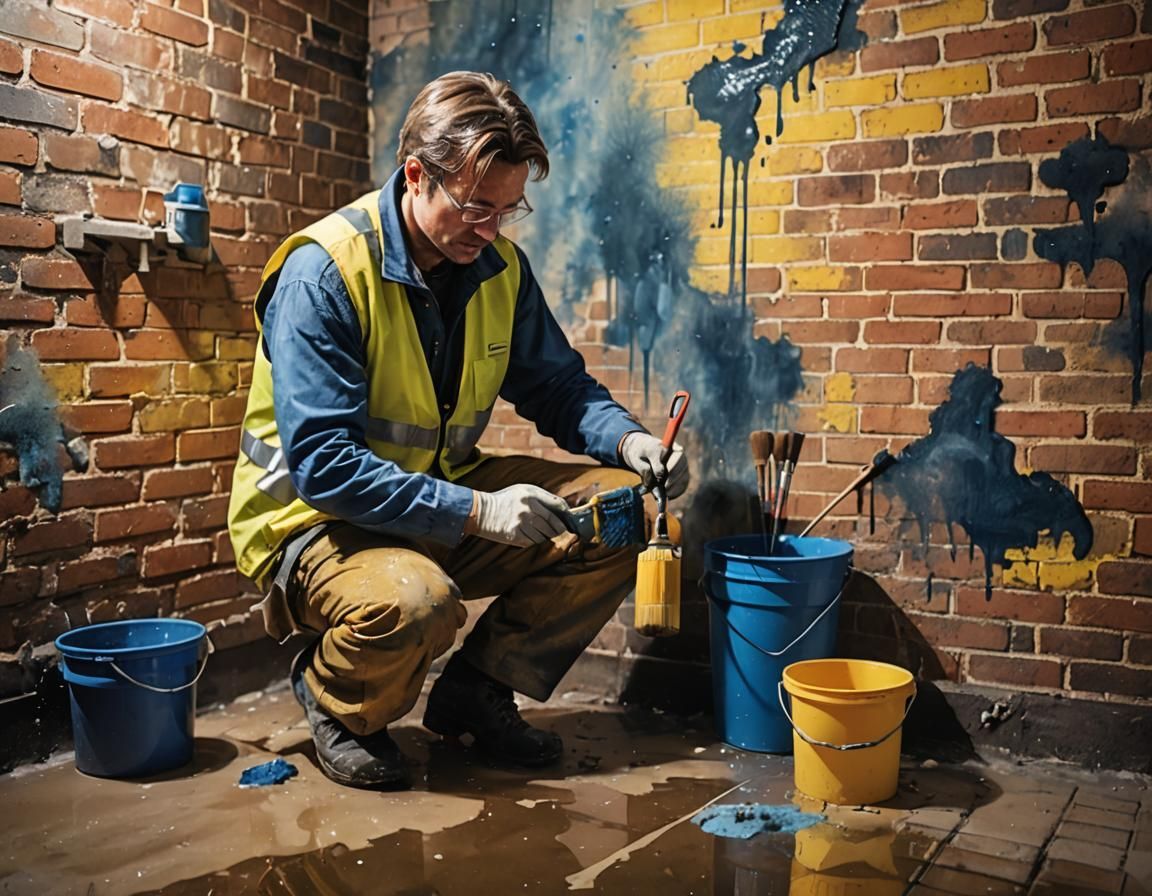The Ultimate Guide to Damp Proofing: Essential Tips & Damp-Proof Courses
WRITTEN BY QUICK DAMP FIX, DAMP PROOFING SPECIALIST
Damp proofing is a crucial aspect of property maintenance that ensures the longevity and structural integrity of buildings. This ultimate guide will delve into everything you need to know about damp proofing, including the various types of damp, effective damp-proofing methods, and essential tips for safeguarding your home against damp issues.
What is Damp Proofing and Why is it Important?
Understanding Damp and Its Causes
Damp refers to the presence of moisture in a building, which can lead to various types of damp problems, such as rising damp, penetrating damp, and condensation. Each type of damp has its specific causes, ranging from moisture from the ground seeping through walls and floors to excess moisture resulting from poor ventilation. Understanding the causes of damp is vital in preventing dampness from becoming a larger issue. For instance, rising damp occurs when groundwater rises through porous materials, while penetrating damp often results from water leaking through roofs, walls, or windows due to structural faults. Condensation usually arises from inadequate heating or ventilation, leading to moisture build-up within your home.
The Importance of Effective Damp Proofing
Effective damp proofing is essential for protecting your property from the detrimental effects of dampness. Without proper damp-proofing measures, you risk encountering significant issues such as mould growth, which can pose respiratory health risks, and structural damage that can compromise the integrity of your home. The importance of a damp-proof course cannot be overstated; it acts as a barrier against moisture, preventing it from rising through walls and floors. This protective measure is vital for maintaining a healthy living environment and safeguarding your property against costly repairs in the future.
How Damp Proofing Protects Your Property
Damp proofing protects your property by preventing moisture ingress and minimising the conditions conducive to mould and damp-related damage. By installing a damp-proof course, you create a physical barrier that stops moisture from rising up through the foundation of your home. Additionally, using a damp-proof membrane can provide an effective waterproof solution to safeguard areas prone to damp problems. These preventative measures not only preserve the aesthetic appeal of your property but also maintain its structural integrity, ensuring a safe and comfortable living space.
What Types of Damp are Commonly Found in Homes?
Identifying Rising Damp: Signs and Symptoms
Rising damp is one of the most common types of damp found in homes, often identifiable by damp patches on walls, peeling paint, and a musty odour. Homeowners may notice damp patches on walls, especially near the floor, which can indicate moisture rising from the ground. The presence of mould growth is another sign of rising damp, as the excess moisture creates an ideal environment for mould spores to thrive. If you suspect rising damp, it is crucial to conduct a damp survey to assess the extent of the issue and identify appropriate damp-proofing methods.
Understanding Penetrating Damp and Its Causes
Peningratting damp is another common type of damp that arises when water penetrates through the exterior walls of a property. This can occur due to damaged roofing, leaky gutters, or poorly sealed windows. Signs of penetrating damp include damp patches on walls, discoloured plaster, and even water stains on ceilings. It is essential to address the causes of penetrating damp promptly, as prolonged exposure can lead to significant structural damage and deterioration of building materials.
Condensation: A Common Damp Problem
Condensation is perhaps the most prevalent damp problem in homes, often resulting from excess moisture in the air that settles on cool surfaces. This type of damp typically appears in areas with poor ventilation, such as bathrooms and kitchens. Homeowners may notice signs of damp in the form of water droplets on windows, damp patches on walls, and even mould growth in corners. Preventing condensation involves improving ventilation, using dehumidifiers, and ensuring adequate heating throughout your home to maintain consistent temperatures.
What is a Damp-Proof Course and How Does it Work?
Types of Damp-Proof Courses Available
A damp-proof course (DPC) is a vital element in damp proofing your home, acting as a barrier to prevent moisture ingress. Various types of damp-proof courses are available, including physical DPCs made from materials like plastic or bitumen, and chemical damp-proofing methods that involve injecting a damp-proof chemical into walls. Each type of damp-proof course has its advantages and is suitable for different situations. For instance, a physical DPC is typically installed during construction, while a chemical damp-proof course can be applied to existing walls to combat rising damp.
How to Choose the Right Damp-Proof Course for Your Home
Choosing the right damp-proof course for your home depends on several factors, including the type of damp you are experiencing and the construction of your property. Conducting a thorough damp survey will help you identify the specific damp issue and inform your decision. For properties with existing damp problems, a chemical damp-proof course may be the most effective solution, while new constructions can benefit from a physical DPC installed at the ground level. Consulting with damp-proofing services can provide valuable insights into the best options for your particular situation.
The Role of a Damp-Proof Membrane in Damp Proofing
A damp-proof membrane (DPM) plays a crucial role in damp proofing by acting as an additional waterproof barrier. Typically installed in floors and walls, a DPM prevents moisture from penetrating through the building materials. This is especially important in basements and ground floors where moisture levels are higher. When combined with a damp-proof course, a damp-proof membrane can significantly enhance the effectiveness of your damp-proofing efforts, ensuring that your property remains dry and protected from moisture-related issues.
How to Identify Signs of Damp in Your Property?
Common Signs of Damp and Mould Growth
Identifying signs of damp and mould growth is essential for preventing further damage to your home. Common indicators include visible damp patches on walls, a persistent musty smell, and the presence of mould in corners and around windows. If you notice these signs, it may be time to investigate the underlying causes of dampness and consider implementing damp-proofing methods to address the issue effectively. Regular inspections can help catch damp problems early, allowing for prompt remediation.
Damp Patches and Their Implications
Damp patches on walls can signify moisture ingress and indicate a potential damp problem within your home. These patches may appear discoloured, wet, or even blistered, and can lead to more severe issues if left untreated. If you find damp patches on walls, it's crucial to determine the source of moisture and take appropriate action, whether through DIY damp-proofing methods or seeking professional assistance. Ignoring damp patches can result in considerable structural damage and costly repairs down the line.
Understanding the Damage Already Caused by Damp
Damp can cause a range of damages within your property, including compromised structural integrity and aesthetic deterioration. Existing damp can lead to rotting timber, crumbling plaster, and even the development of dry rot or wet rot, which can severely affect your home's safety. Understanding the damage already caused by damp is vital for determining the appropriate damp-proofing techniques and materials required for effective remediation. A professional damp survey can provide a comprehensive assessment of the damage and recommend effective solutions.
What are the Best DIY Damp-Proofing Methods?
Effective Chemical Damp-Proofing Techniques
For those looking to tackle damp issues independently, effective chemical damp-proofing techniques can be a viable option. One common method involves the use of damp-proofing injections that create a barrier against rising damp. These chemicals penetrate the masonry, forming a waterproof layer that prevents moisture from travelling upwards. When undertaking a DIY chemical damp-proofing project, it's crucial to follow the manufacturer's instructions carefully to ensure the best results and protect your property effectively.
Using Plaster and Other Materials for Damp Proofing
Using plaster and other materials for damp proofing can also be an effective solution for addressing existing damp problems. Applying a moisture-resistant plaster can help to seal damp areas and prevent further moisture ingress. Additionally, using breathable materials allows for the evaporation of trapped moisture, which is essential in maintaining the overall health of your home. Consider incorporating a combination of damp-proofing methods, including the use of chemical treatments and moisture-resistant materials, to achieve optimal results.
When to Call a Professional for Damp Issues
While many damp-proofing methods can be tackled as DIY projects, there are times when it is essential to call in professional damp services. If you notice extensive structural damage, persistent damp issues that do not improve with DIY methods, or if you are unsure about the specific type of damp affecting your property, it is wise to consult a professional. They can conduct a thorough damp survey, providing expert advice and solutions tailored to your home's needs. Ultimately, addressing damp issues promptly and effectively is crucial for protecting your home and ensuring a safe living environment.
Say Goodbye to Damp for Good with Quick Damp Fix
At Quick Damp Fix, we pride ourselves on being one of the UK's leading damp proofing specialists, dedicated to helping property owners eliminate damp issues once and for all. Our fully licensed, insured, and expertly trained technicians not only guarantee a job well done but also provide exceptional customer service, treating your home with the utmost respect. With Quick Damp Fix, you get more than just a fix - you get peace of mind.
Ready to protect your home from damp? Simply fill out the form below, and one of our experts will be in touch to provide a free consultation!





